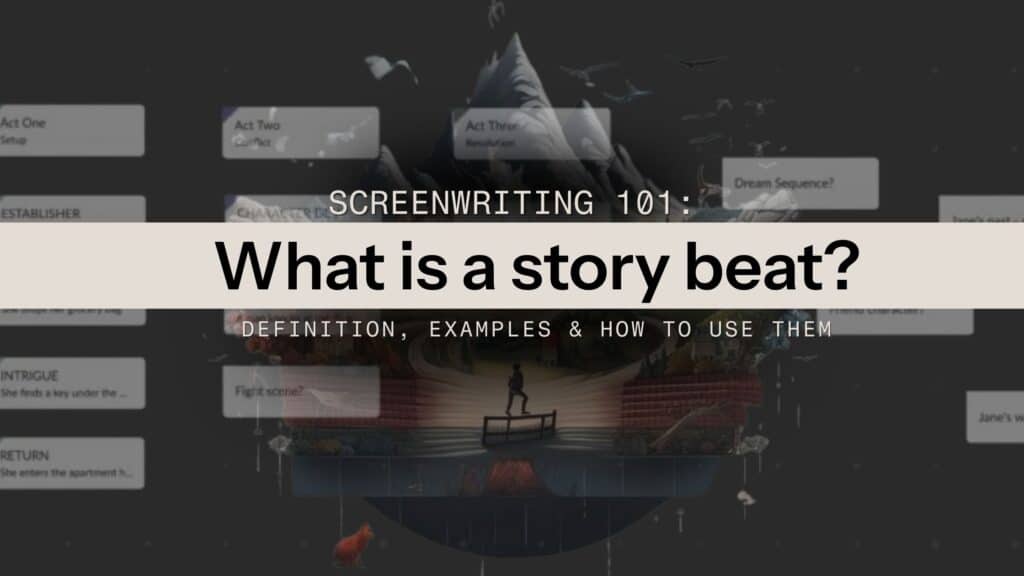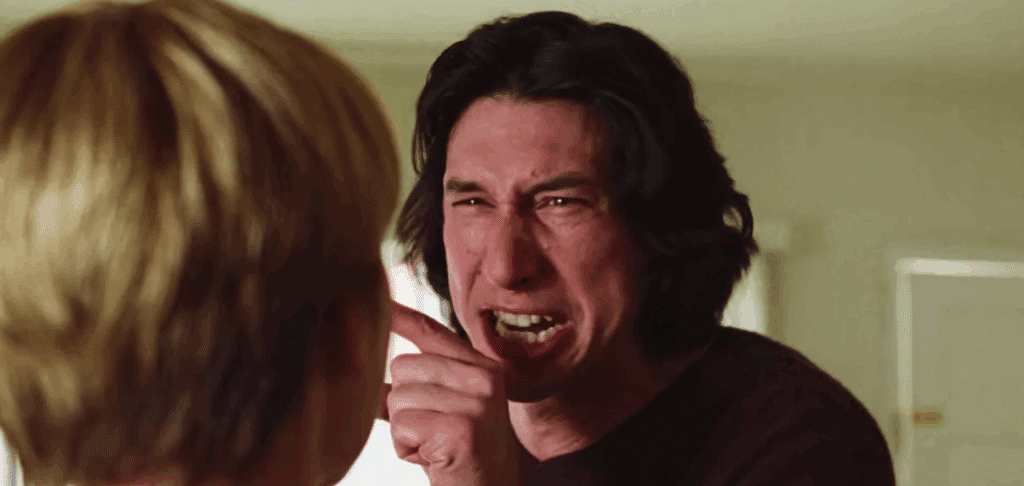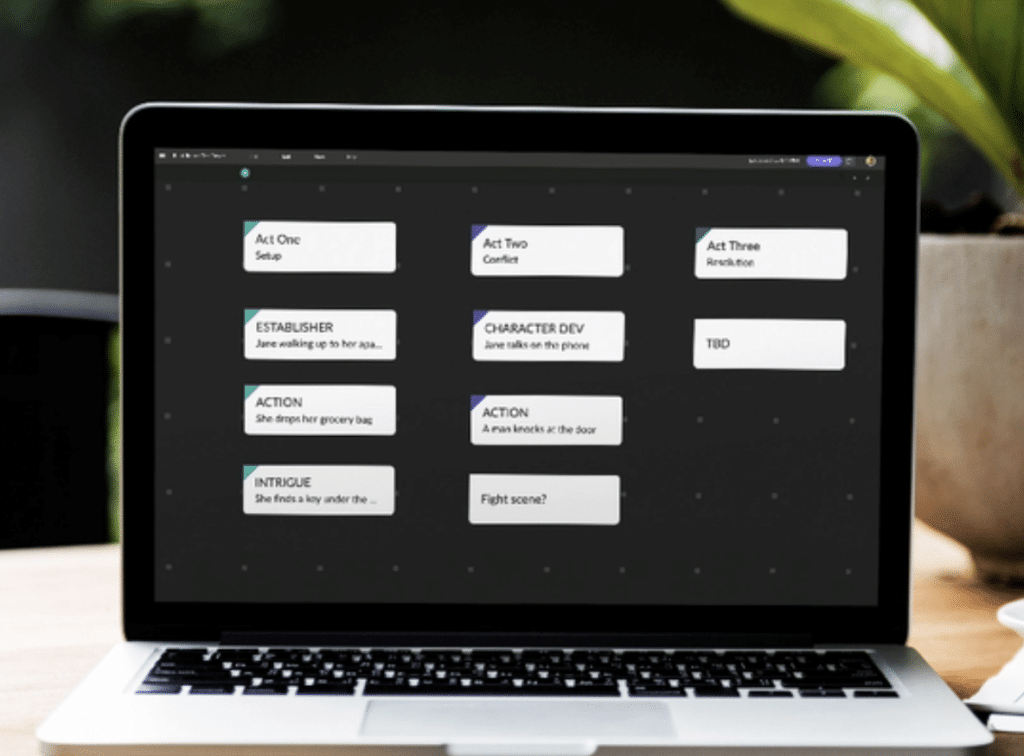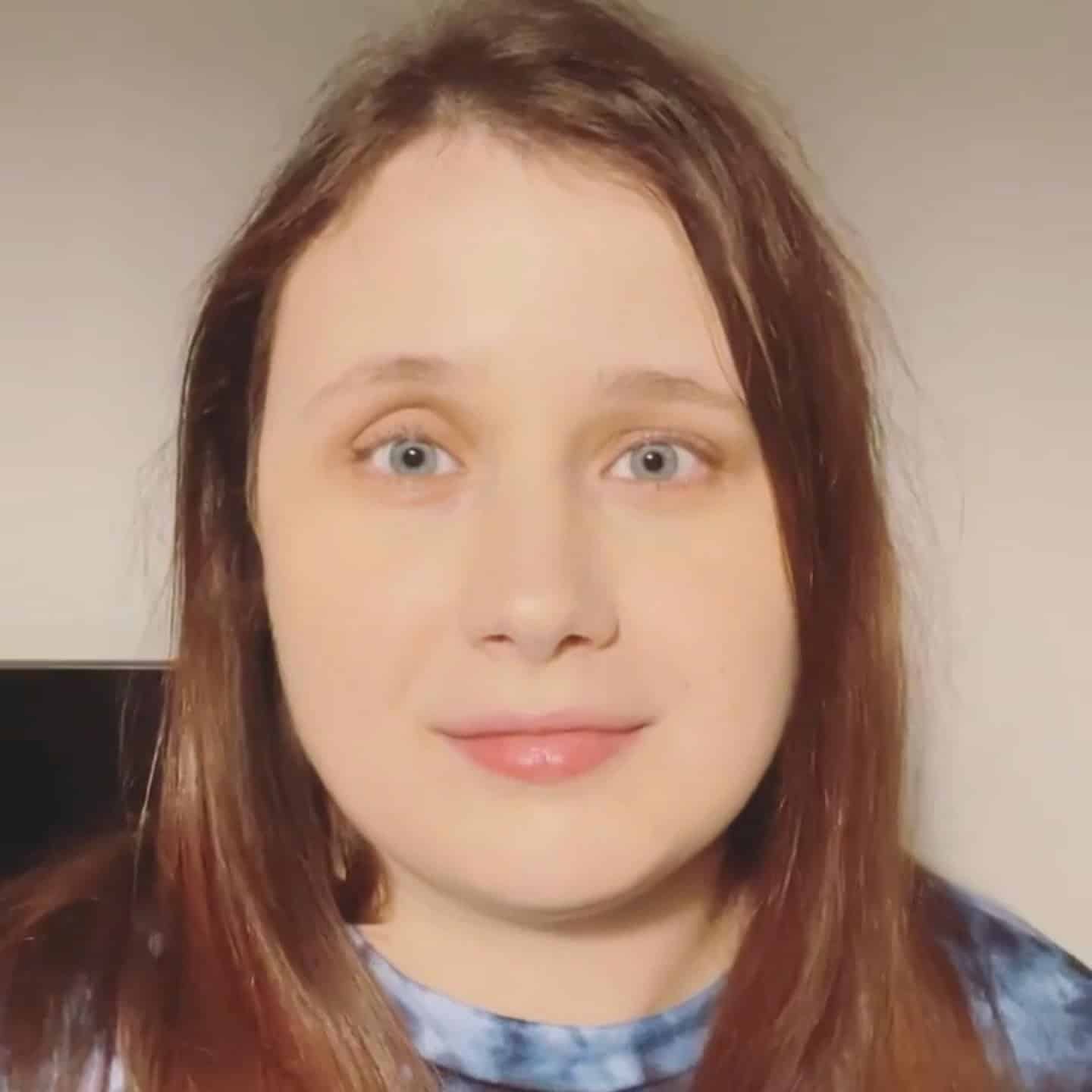
If you’ve ever wondered how great screenwriters keep audiences hooked from the first scene to the last, the answer often lies in their use of story beats. These small but powerful narrative moments are the foundation of storytelling — the rhythm that keeps your plot moving forward and your characters evolving.
In this guide, we’ll answer the question “what is a story beat?”, break down how they work, and explain why they’re essential for screenwriters of every level. We’ll also look at examples from Barbie (2023) and The Wizard of Oz (1939) to show how beats shape both modern blockbusters and timeless classics. And, of course, we’ll show you how to organize beats using the Celtx Beat Sheet tool so you can start applying them to your own stories right away!
Let’s get started.
Table of Contents
- What is a Story Beat?
- Story Beats vs. Dialogue Beats
- Story Beats vs. Character Beats
- How to Identify Story Beats
- Story Beat Examples
- Using Celtx Beat Sheets to Organize Story Beats
- Tips for Writing Strong Beats
- Alternative Story Structures and Beats
- FAQs
- Final Thoughts
What is a Story Beat?
A story beat is a deliberate narrative moment that shifts the tone, advances the story, or reveals something new about the characters. Think of them as the building blocks of your screenplay.
A beat might be:
- A decision or realization
- A confrontation between characters
- A shift in emotion or stakes
- An action or reaction that changes the direction of the story
Every scene should contain at least one story beat, but most have several. Without beats, a script feels flat — like it’s drifting without rhythm. With them, your story feels alive and purposeful.
If you’re having trouble visualizing how this works, we’ve broken it down in the chart below!

Related Reading: Story Arc: What It Is, Types, and Examples from Film & TV
Story Beats vs. Dialogue Beats
Not all “beats” mean the same thing. In screenwriting, the word beat can also appear in dialogue formatting.
- Story Beats = narrative shifts that move the story forward.
- Dialogue Beats = pauses or subtle shifts in a conversation, usually written in scripts as (beat).
For example:
JANE
I thought you trusted me.
(beat)
Well… maybe I was wrong.
Dialogue beats are about pacing and performance. Story beats are about structure and progression. Both matter — but when we talk about beat sheets or story structure, we’re always referring to story beats.
Story Beats vs. Character Beats
Here’s where it gets even more nuanced.
- Story beats move the plot forward.
- Character beats mark an important change in a character’s emotional journey.
Sometimes they overlap — for example, a fight between two characters might push the story ahead and reveal new emotional depth.
Think of it this way: story beats keep the audience engaged, while character beats make the audience care.
Let’s take a look at an example of this exact scenario:
Marriage Story (2019) – The Apartment Fight

Story Beat: Nicole and Charlie’s custody battle hits its most brutal point.
Character Beat: Their raw emotions and vulnerabilities explode, revealing how much they love/hurt each other.
Why it works: Extremely well-known modern example of conflict driving both plot and character development.
The Celtx Beat Sheet tool is built for mapping out your own story — you can track both side by side and link them directly to your script.
Sign up today – it’s free!
How to Identify Story Beats
If you’re just starting out, spotting story beats can feel a little intimidating at first, but it gets easier the more you practice.
A good place to begin is by reading scripts — sites like IMSDb or Script Slug have plenty available — and paying attention to the exact moments when the energy of a scene shifts. You can also try this while watching movies: pause after a scene and ask yourself, what changed here? Maybe a character made a choice, revealed a secret, or reacted in a way that pushed the story in a new direction.
Those little cause-and-effect turns are often the clearest signs of a beat. The more you study them, the more natural it will feel to recognize where they land, and eventually, you’ll start seeing beats everywhere.

Story Beat Examples
Are you ready to see beats in action? Let’s break down scenes from two iconic films — one recent, one classic.
Example 1: Barbie (2023) – Barbie Visits the Real World
This sequence is a turning point in Greta Gerwig’s film. It reveals new stakes for Barbie and deepens the theme of identity.
Beat Breakdown:
- Barbie and Ken arrive in Venice Beach. The bright, playful tone of Barbie Land clashes with the real world — a tonal shift.
- Barbie feels out of place. She notices how people look at her differently. This is both a story beat (new conflict introduced) and a character beat (her first realization she doesn’t belong).
- Ken discovers patriarchy. Ken’s excitement provides comic relief but also creates a new subplot.

- Barbie is harassed. The lighthearted tone shifts darker — raising stakes and sympathy for Barbie.
- Barbie realizes her world isn’t as perfect as she thought. This emotional turn drives her next decision: to seek answers.
This scene contains at least five distinct beats, each shifting tone, advancing the story, and deepening character arcs.
Want to break down your own scenes like this?
Try Celtx Beat Sheets – free with a Celtx subscription.
Example 2: The Wizard of Oz (1939) – Dorothy Meets the Scarecrow
Classic films are packed with strong beats, and this scene is no exception.
Beat Breakdown:
- Dorothy meets the Scarecrow. Curiosity sets the stage for their friendship.
- Scarecrow reveals he has no brain. A moment of vulnerability that deepens character empathy.
- Dorothy invites him to join her. The plot shifts as her journey expands from solo to shared.
Even in this short sequence, you can see how beats shape both the story (the quest gains a companion) and character development (Dorothy’s empathy builds connection).

Using Celtx Beat Sheets to Organize Story Beats
Once you’ve identified your beats, the next step is organizing them. That’s where a beat sheet comes in.
A beat sheet lets you capture each moment in just a few words, so you can see your story’s structure at a glance. For example:
- Barbie: “Ken discovers patriarchy”
- Wizard of Oz: “Scarecrow reveals no brain”
With Celtx, your beats aren’t just notes on paper — they’re directly linked to your screenplay. That means you can:
- Map beats alongside your script.
- Drag and rearrange beats to experiment with pacing.
- Keep story and character beats clearly organized.

👉 Try mapping your own story in the Celtx Beat Sheet tool today.
Tips for Writing Strong Beats
When you’re shaping beats for your screenplay, think about the different purposes they can serve. Some beats are about exposition, giving your audience just enough background to understand what’s happening or to set up what’s coming next. Others lean into confrontation, forcing characters into conflict and raising the stakes of the story. Then there are reaction beats, which capture how characters process what’s happening to them — often through a subtle shift in emotion or perspective.
The strongest scripts usually weave these three types together, creating a rhythm that keeps the story moving while also giving the audience space to connect emotionally with the characters. To make your beats more effective, keep a few tips in mind:
- Keep beats short and clear. Each one should represent a distinct shift; if it takes more than a sentence to describe, it might actually be two beats.
- Tie every beat to stakes. Ask yourself: Does this moment change something for the characters or the story? If not, it may not be a beat worth keeping.
- Think visually. Since film is a visual medium, make sure your beats can be seen or felt on screen, not just explained in dialogue.
- Build momentum. Arrange your beats so that one naturally leads to the next, creating a chain of cause-and-effect moments that pull the audience forward.
By focusing on clarity, stakes, and forward motion, you’ll make your beats feel purposeful and impactful — the kind that keep both readers and viewers hooked.
Alternative Story Structures and Beats
Not every screenplay unfolds in a straight line from beginning to end. Some of the most memorable films play with non-linear storytelling, whether it’s Christopher Nolan’s Memento, told in reverse, or Everything Everywhere All at Once, which jumps between multiple universes. Even when stories bend the rules of time or structure, though, they still rely on beats to stay coherent.
The trick with non-linear narratives is to map out your beats in chronological order first — even if that’s not the order your audience will experience them. This ensures that character choices still feel motivated and cause-and-effect relationships stay intact. Once you’ve established that foundation, you can experiment with reordering events, layering timelines, or intercutting between different storylines without losing clarity.

That’s where a beat sheet becomes invaluable. In Celtx, you can draft your beats as they would happen chronologically, then drag and rearrange them until you find the structure that best fits your creative vision. This way, you can push boundaries while still keeping your story organized and emotionally grounded.
FAQs
What’s the difference between a story beat and a scene?
Scenes are defined by changes in time, place, or characters. A single scene can contain multiple story beats.
Can a single moment be both a story beat and a character beat?
Yes! The strongest screenplays often overlap plot advancement with emotional depth.
Do I need to follow a set number of beats?
No. Some structures (like Save the Cat!) prescribe beats, but ultimately, it depends on your story’s needs.
What’s the easiest way to start practicing beats?
Break down a favorite scene into its smallest shifts. Then try mapping your own story with Celtx Beat Sheets.
What is a beat sheet?
A beat sheet is a simple outline of your story’s major moments. In Celtx, these beats link directly to your script.
Final Thoughts
Story beats are the DNA of great screenwriting. They’re how you turn an idea into a structured, emotionally resonant story that grips an audience from start to finish.
Whether you’re writing something playful like Barbie or timeless like The Wizard of Oz, your script will come alive through its beats.
Up Next:

Beat Sheets: Crafting Your Screenplay Structure
Now that you know what story beats are, the next step is organizing them into a structure that works. Our guide to beat sheets breaks down how to map your beats into a clear roadmap for your script.
